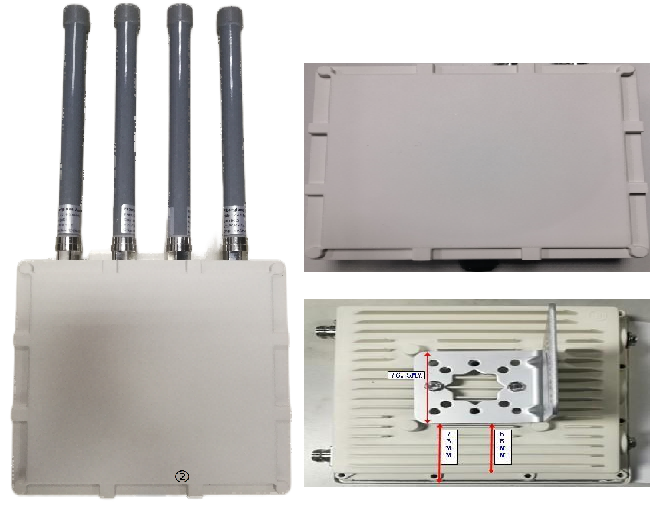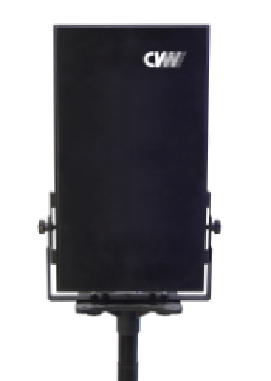Introduction
In today's fast-paced digital era, the demand for seamless and high-speed data transmission has become paramount. To cater to this need, technological advancements have given rise to wireless high-speed data transmission terminals. This article aims to explore the concept, features, applications, and benefits of these terminals, shedding light on their potential to revolutionize connectivity.
Understanding Wireless High-Speed Data Transmission Terminals
A wireless high-speed data transmission terminal is a cutting-edge device that enables the transmission of data without the need for physical connections. It utilizes wireless communication technologies such as Wi-Fi, Bluetooth, or cellular networks to establish a connection between devices, facilitating the rapid transfer of data.
These terminals are designed to provide users with a reliable and efficient means of transmitting large volumes of data over short or long distances. They offer significantly higher data transfer rates compared to traditional wired connections, making them ideal for applications that require real-time data transmission, such as video streaming, online gaming, and cloud computing.
Features and Functionality
Wireless high-speed data transmission terminals come equipped with a range of features that enhance their functionality and performance.
These features include:
1. High Data Transfer Rates: These terminals leverage advanced wireless technologies to achieve data transfer rates that can reach several gigabits per second, ensuring swift and uninterrupted data transmission.
2. Wide Coverage Area: With the ability to transmit data over long distances, wireless high-speed data transmission terminals provide extensive coverage, eliminating the need for physical proximity between devices.
3. Low Latency: These terminals minimize latency, ensuring real-time data transmission and enabling applications that require instant response times, such as online gaming and virtual reality.
4. Multiple Device Connectivity: Wireless high-speed data transmission terminals can connect multiple devices simultaneously, allowing for seamless data sharing and collaboration.
Applications
The applications of wireless high-speed data transmission terminals are vast and diverse, revolutionizing various industries and sectors.
Some notable applications include:
1. Internet of Things (IoT): With the proliferation of IoT devices, wireless high-speed data transmission terminals play a crucial role in connecting and transmitting data between these devices. They enable seamless communication and data exchange, facilitating the growth of smart homes, smart cities, and industrial automation.
2. Telecommunications: These terminals are instrumental in providing high-speed internet access to remote areas where wired infrastructure is limited. They bridge the digital divide, ensuring connectivity for underserved communities and enabling telecommunication services in rural regions.
3. Healthcare: Wireless high-speed data transmission terminals facilitate the transmission of medical data, enabling remote patient monitoring, telemedicine, and real-time collaboration between healthcare professionals. This technology enhances the efficiency and effectiveness of healthcare delivery, particularly in emergency situations.
4. Transportation and Logistics: In the transportation and logistics industry, these terminals enable real-time tracking and monitoring of vehicles, goods, and assets. They enhance supply chain management, optimize route planning, and improve overall operational efficiency.
Benefits and Advantages
Wireless high-speed data transmission terminals offer numerous benefits and advantages, making them a preferred choice for many users and industries.
Some key advantages include:
1. Mobility and Flexibility: With wireless connectivity, these terminals provide users with the freedom to move around without being tethered to physical connections. This mobility and flexibility are particularly beneficial in environments where wired connections are impractical or impossible.
2. Cost-Effectiveness: Wireless high-speed data transmission terminals eliminate the need for extensive wiring infrastructure, reducing installation and maintenance costs. Additionally, they offer scalability, allowing for easy expansion and adaptation to changing requirements.
3. Improved Productivity: The high data transfer rates and low latency of these terminals enhance productivity by enabling faster data transmission and real-time collaboration. This is especially valuable in industries that rely on time-sensitive data, such as finance, research, and development.
4. Enhanced User Experience: Wireless high-speed data transmission terminals provide users with a seamless and uninterrupted data transmission experience. Whether it is streaming high-definition videos, playing online games, or conducting video conferences, these terminals ensure a smooth and immersive user experience.
Conclusion
Wireless high-speed data transmission terminals have emerged as a game-changer in the realm of connectivity. With their ability to provide high-speed data transfer rates, wide coverage, and low latency, these terminals are revolutionizing various industries and applications. From IoT to healthcare and transportation, the benefits and advantages they offer are undeniable. As technology continues to evolve, wireless high-speed data transmission terminals will play a pivotal role in shaping the future of connectivity, enabling a more connected and digitally empowered world.

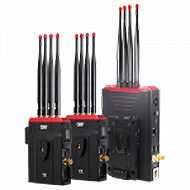 Multi-camera wireless video transmission
Multi-camera wireless video transmission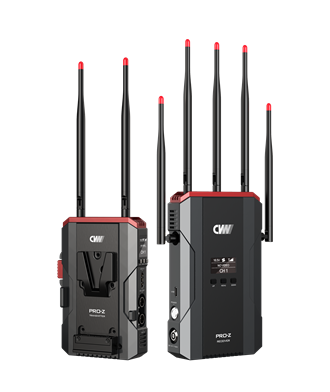 Zero Latency Wireless Video Transmission
Zero Latency Wireless Video Transmission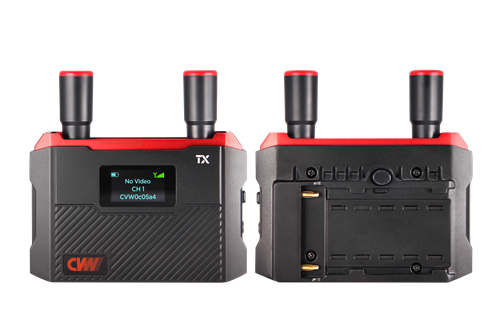
 Designed for teleoperating the heavy equipment
Designed for teleoperating the heavy equipment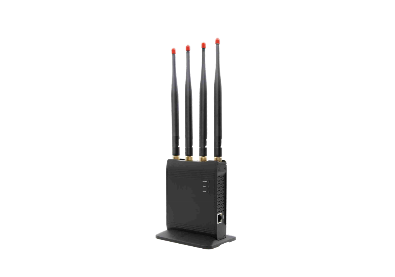 Wireless high-speed data transmission
Wireless high-speed data transmission